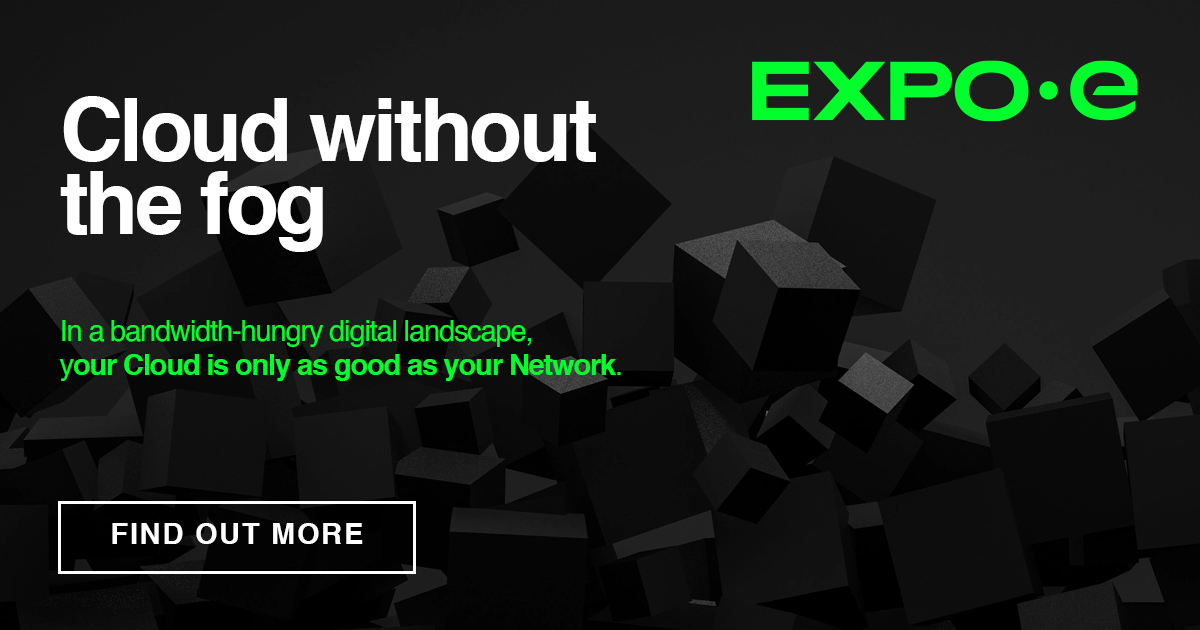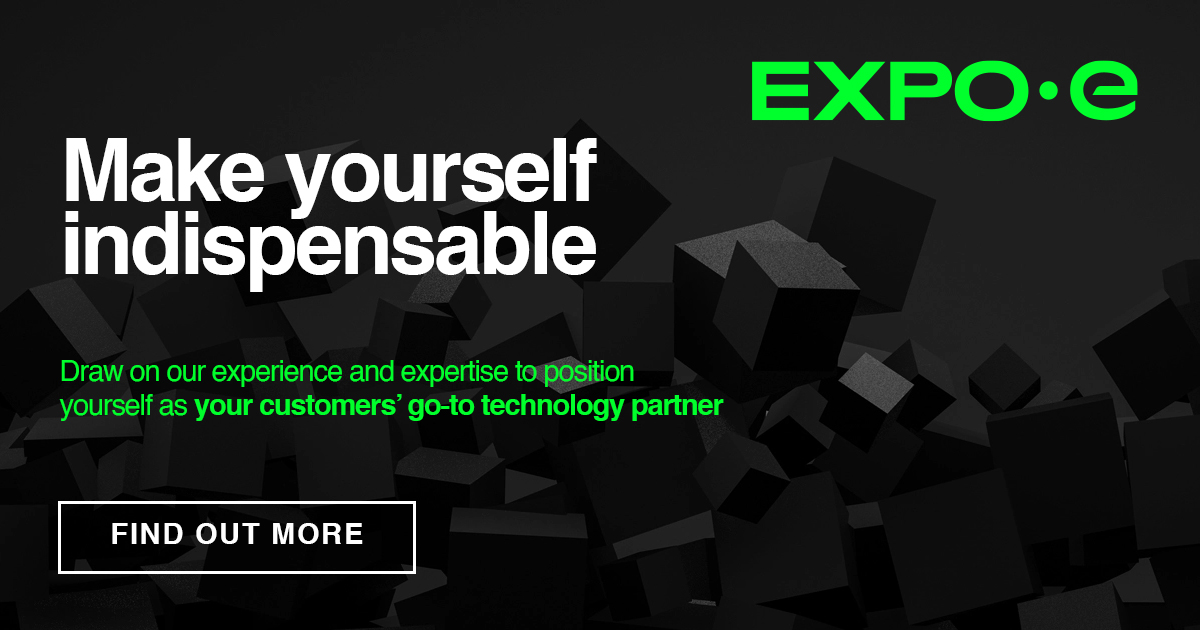The Data Explosion in Retail Retailers, whether they are small local stores, online sellers, or global brands, are now dealing with a larger volume of data than ever before. This data encompasses customer information, both online and in-store, as well as supply chain and asset tracking data. The way customers shop has fundamentally changed, thanks ...
A recent report[1] from the IBM and Ponemon Institute revealed that in spite of the growing concern around cyber security - particularly the new breed of AI-powered threats - it still takes an average of 258 days for breaches to be identified and resolved. When we consider that even the shortest periods of downtime can lead to irreparable...
The Challenge In Q3 of 2024, the CEO of a UK-based bank received an email from a ransomware group, informing him that the bank's data had been encrypted and would be released on the dark web unless a ransom demand was paid. Although several insurers and consultants were engaged to resolve the situation, the slow response times made it clear that an...
No two organisations are the same. But all share the goal of being as successful as possible, establishing themselves as leaders and innovators in their fields. Across the EXPO.e Channel Partner community, we meet numerous organisations who are keen to establish themselves as their customers' trusted technology partners. This was especially noticeable at our recent 'Scaling Success' event, where we spoke to a range of ambitious Channel businesses who are ready to achieve their full potential.
As organisations continue their Cloud transformation journey and hybrid working becomes the standard, the way businesses operate has evolved dramatically. Companies now rely on a diverse range of devices and Cloud-based applications, fostering global collaboration and flexibility. However, with these advancements come increased security risks. Expanding attack surfaces provide more opportunities for cyber threats, making robust security solutions more critical than ever.
Consider this… 77% of companies have already initiated digital transformation initiatives, but only 35% of these projects are successful1. It's a sobering thought, but it also means that Channel businesses are in an ideal position to offer a solution, delivering integrated combinations of solutions to fulfil their customers' unique digital transformation goals.
The cyber threat landscape is more treacherous than ever before, and the years ahead will only bring new challenges, with the global cost of attacks predicted to hit $10.2 trillion by 2025[1]. From global leaders to the latest start-ups, all organisations must not only be aware of the range of potential attack vectors utilised by bad actors, but accept that with the ever-growing scale, complexity, and aggressiveness of attacks, a breach is inevitable.
The demand for highly secure, high-performance connectivity is at an all-time high. With organisations across the public and private sectors having largely embraced hybrid working, with their employees connecting, communicating, and collaborating from virtually anywhere. As a result, technology providers are increasingly challenged to deliver enterprise-grade connectivity that not only provides the performance and availability their customers have come to expect, but provides leading-edge cyber security, suitable for highly dispersed end users, and seamless access to the Cloud-based applications that many organisations depend on.
Data security is a critical concern for all customers and end users, and when we look at the current threat landscape, it's not hard to see why. With hybrid working now firmly established, Cloud transformation showing no signs of slowing down, and the potential for emerging technologies like AI to be weaponised by global bad actors, cyber security is more complex than ever before. In the first half of 2023, 694 publicly disclosed data breaches, with 87 of those occurring in July alone1.


















